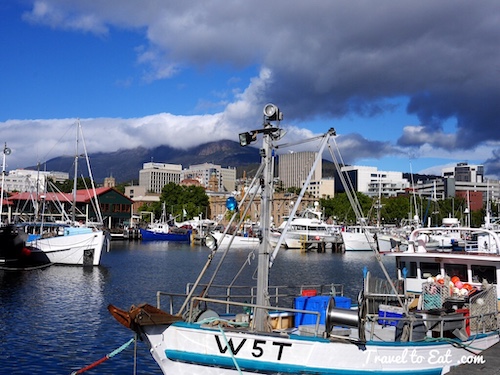
We really enjoyed our time in Hobart in Tasmania and since I had a a few stray pictures, I thought I would share. Hobart is the capital and most populous city of the Australian island state of Tasmania. Founded in 1804 as a penal colony, Hobart is Australia’s second oldest capital city after Sydney, New South Wales. The city is located in the state’s south-east on the estuary of the Derwent River, making it the most southern of Australia’s capital cities and its harbor forms the second-deepest natural port in the world. Walking is the best way to see the city’s sandstone buildings and waterways, from bustling Salamanca Market to the fishing docks. You can stop to taste Hobart’s food and wine in the streets of Salamanca Place or along North Hobart’s restaurant strip. You can explore Mount Wellington on mountain bike or foot or kayak past the city’s wharves at twilight. Just south of the city lies Kettering and small, rugged Bruny Island. You can spend a day walking its windswept beaches, emerald countryside and dramatic cliff tops.
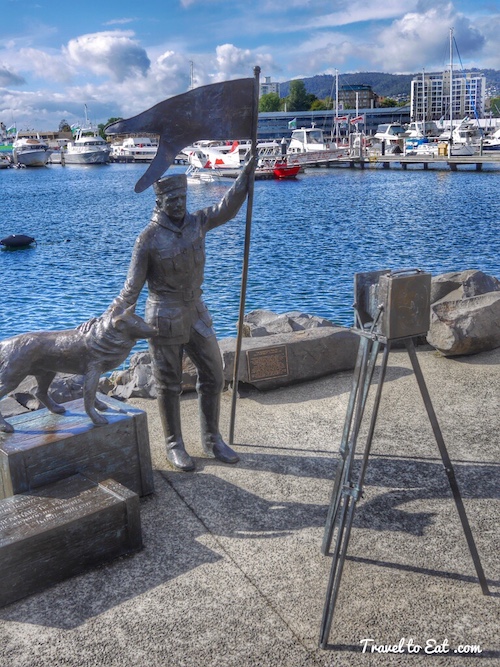
This is a memorial for the Southern Cross Mission of 1898 in Constitution Harbor. The Southern Cross Expedition, officially known as the British Antarctic Expedition 1898–1900, was the first British venture of the Heroic Age of Antarctic Exploration, and the forerunner of the more celebrated journeys of Robert Falcon Scott and Ernest Shackleton. The brainchild of the Norwegian-born, half-British explorer and schoolmaster Carsten Borchgrevink, it was the first expedition to over-winter on the Antarctic mainland, the first to visit the Great Ice Barrier since James Clark Ross in 1839–43, and the first to effect a landing on the Barrier’s surface. It also pioneered the use of dogs and sledges in Antarctic travel.
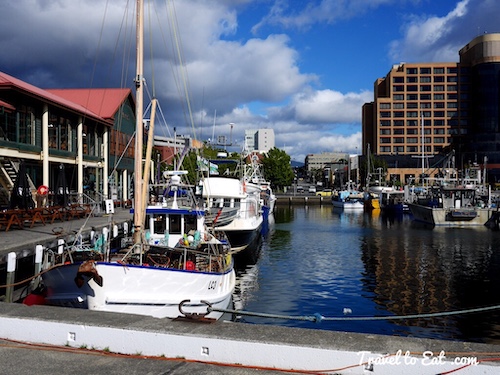
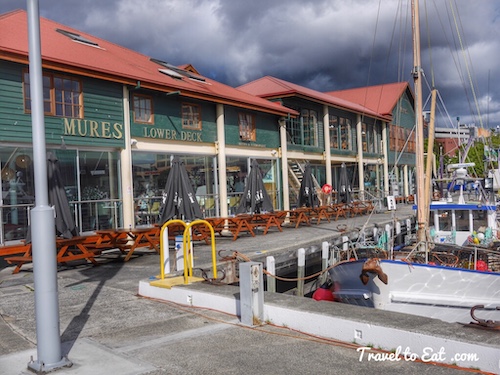
Constitution Dock is the harbor-side dock area of Hobart, the capital city of the Australian state of Tasmania, on the Derwent River. The dock is adjacent to other Hobart landmark areas, Victoria Dock, Salamanca Place and Battery Point, and forms part of the foreshore of Sullivans Cove. Hobart is internationally famous among the yachting community as the finish of the Sydney to Hobart Yacht Race which starts in Sydney on Boxing Day (the day after Christmas Day). The arrival of the yachts is celebrated as part of the Hobart Summer Festival, a food and wine festival beginning just after Christmas and ending in mid-January.
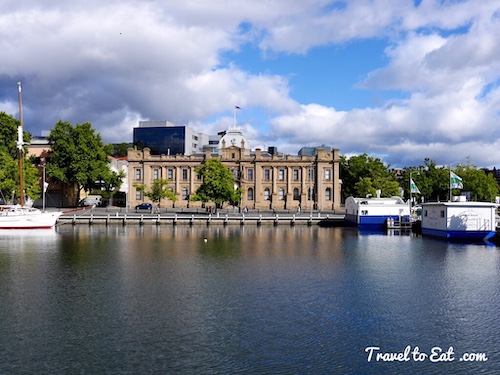

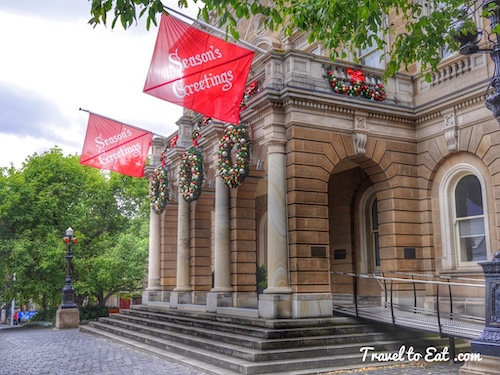
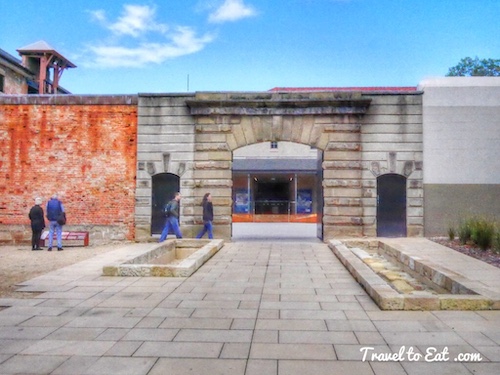
The Tasmanian Museum and Art Gallery is one of Australia’s oldest museums. It is conveniently located on the waterfront of Hobart, Tasmania. It is surrounded by historic buildings in the Constitution Dock which include The Custom House, Private Secretary’s Cottage and the Commissariat Store. The Tasmanian Museum and Art Gallery (TMAG) in Hobart maintains an extensive collection that highlights Tasmania’s cultural heritage and biodiversity. The museum itself is a cluster of historic buildings incorporated into a cutting edge architectural overlay and a reinterpretation of the traditional museum space. the first part of which was built in 1863, and it abuts older buildings. Before you go upstairs, walk to the back of the lobby and, outside, tucked away to the right, you will see the cottage of the governor’s private secretary, built in 1813–14 and almost the only survivor of the old government complex, including Government House, in the area now covered by Franklin Square and the Town Hall. Where the museum is now was a low rise covered by tall gums, with a low bluff towards the water’s edge. The only remains of that is the bank on which the cottage stands.
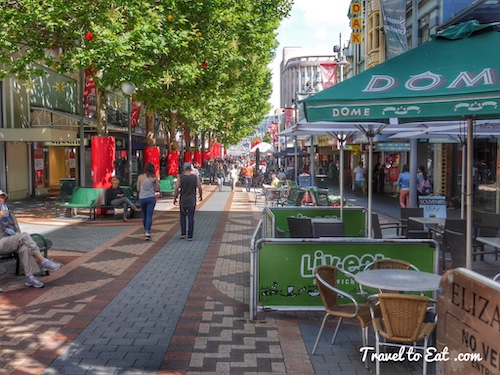
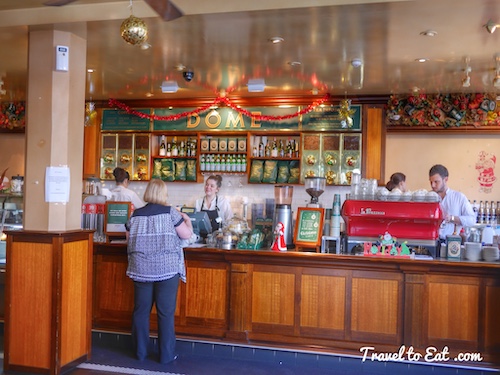
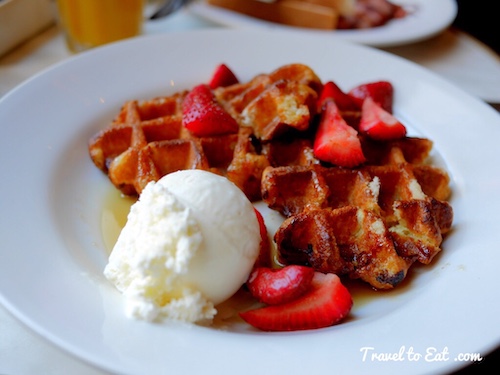
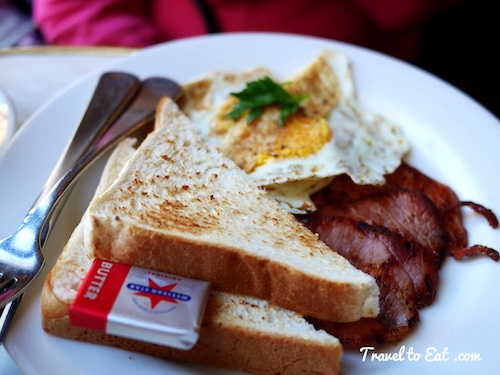
Lisa and I felt hungry for breakfast and stopped in at the Dome restaurant, western Australia’s answer to Starbucks. A West Australian icon, the Dome Coffee Company’s cafes are landmarks that provide customers with a haven from the busy world outside. With furniture and decor that harken back to a simpler, more comfortable time, each Dome cafe features rich woodgrains and textures and luxurious chairs and sofas in which to kick back and soak up the elegance. The cappuccino was good, the food plentiful, the decor was comfy and the staff was more than friendly. I actually loved my maple soaked waffle with ice cream.

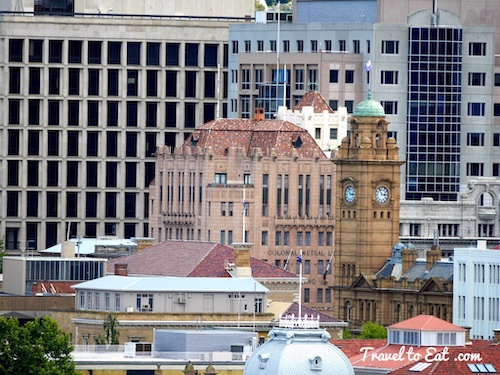
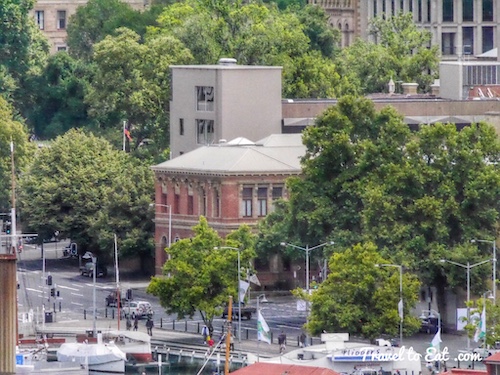
Hobart’s heritage-listed sandstone General Post Office and classical clock tower opened in 1905 and was designed by Alan Walker. Walker’s best-known Hobart buildings are the General Post Office and tower (1901–05) and the old State Library, now Carnegie Building (1903). The historic Carnegie Building is a fitting home to the Maritime Museum’s collection of ship models, artefacts, paintings and images. Among other skills he was a silversmith and enameller, and was active in Arts and Crafts. He promoted technical education and town planning, and in the Depression worked to assist the unemployed with a large antiques exhibition and the establishment of a garden on Mount Wellington. Actually sandstone was in plentiful supply in Hobart and many of the older buildings were built with it. Salamanca Place consists of rows of sandstone buildings, formerly warehouses for the port of Hobart Town that have since been converted into restaurants, galleries, craft shops and offices. It was named after the victory in 1812 of the Duke of Wellington in the Battle of Salamanca in the Spanish province of Salamanca. It was previously called “The Cottage Green”.

The Hobart Cenotaph, (usually “The Cenotaph”, also referred to as Hobart War Memorial), is the main commemorative military monument for the Australian state of Tasmania. It is located in the capital Hobart in a prominent position on the Queens Domain, on a small rise overlooking the city and River Derwent. The Cenotaph sits directly above what was once the location of the Queens Battery. The monument was designed by Hobart architectural firm Hutchinson and Walker, after their entry had won a public competition held in 1923 for the structure’s design. Their original design was for an Obelisk that was to stand 65 feet (19.8 m) high, but it was decided to increase the height to 75 feet (23.3 m). A casket of solid zinc, containing the names of 522 Tasmanians who died in the Great War, was placed in the base of the Memorial on ANZAC Day 1925. No individual names are recorded on the exterior of the Cenotaph. It was originally designed for veterans of WWI but inscriptions were added for subsequent wars. The first addition was for soldiers who were killed in World War II, and was placed directly below the “1914-1919″ inscription, and simply reads:”1939-45”. Subsequent inscriptions memorialising Tasmanian war dead in more recent conflicts on the face of the plinth below those of the two world wars are: “The Korean War”, “The Malayan Emergency”, “The Indonesian Confrontation”, “The Vietnam War”, and “Peace-Keeping Operations”.
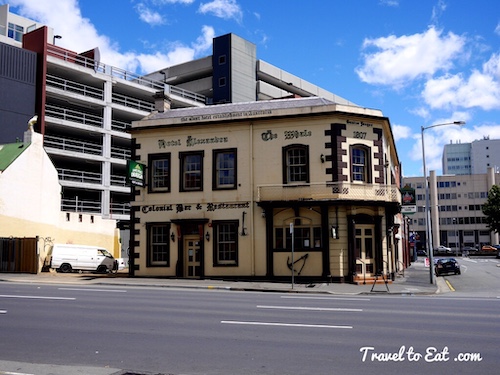
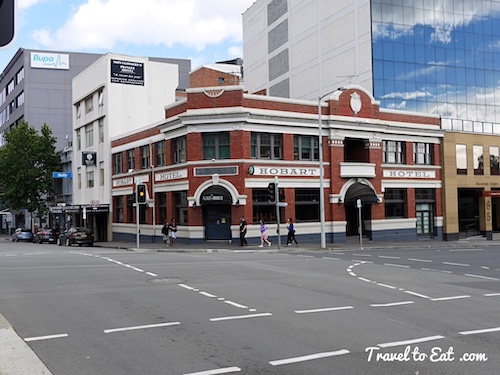
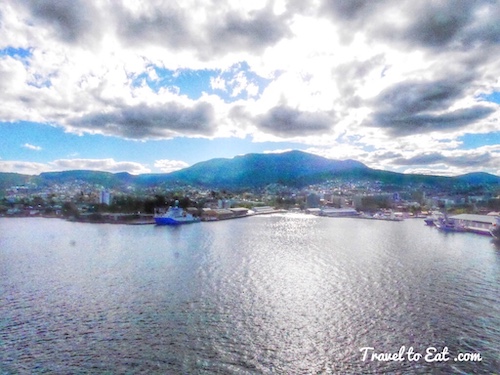
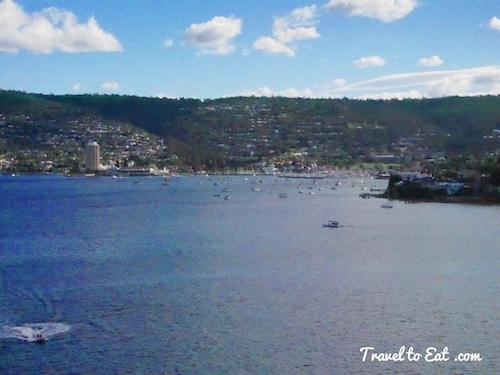
In June 2013, the city had a greater area population of approximately 217,973. Its skyline is dominated by the 1,271-metre (4,170 ft) Mount Wellington, and much of the city’s waterfront consists of reclaimed land. It is the financial and administrative heart of Tasmania, serving as the home port for both Australian and French Antarctic operations and acting as a major tourist hub, with over 1.192 million visitors in 2011/2012. Hollywood actor Errol Flynn was born in Hobart in 1909.
[mappress mapid=”87″]
References:
Tasmania: http://www.discovertasmania.com.au/what-to-do/arts-and-culture/museums
Hobart: http://www.discovertasmania.com.au/about/regions-of-tasmania/hobart-and-south/hobart
Macquarie Street: http://www.inprisys.net/hosted/holobooks/TasmaniaItinerary14.pdf
Maritime Museum: http://www.maritimetas.org/
Tasmanian Museum and Art Gallery: http://www.tmag.tas.gov.au
Dome: http://www.domecoffees.com/
Dome TripAdvisor: http://www.tripadvisor.com/Restaurant_Review-g255097-d1346579-Reviews-Dome-Hobart_Tasmania.html
Hobart Cenotaph: http://www.anzacday.org.au/education/tff/memorials/tasmania.html

